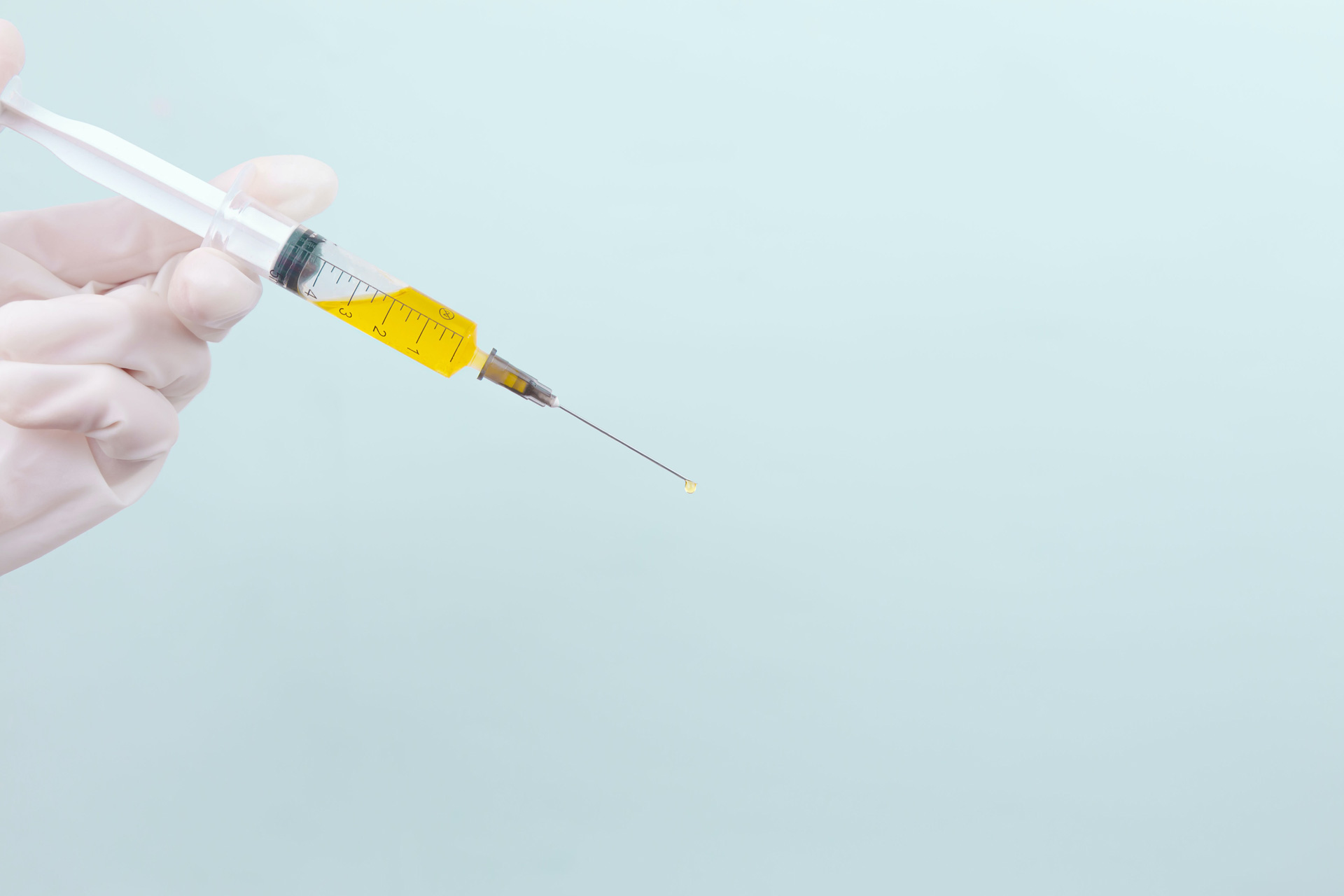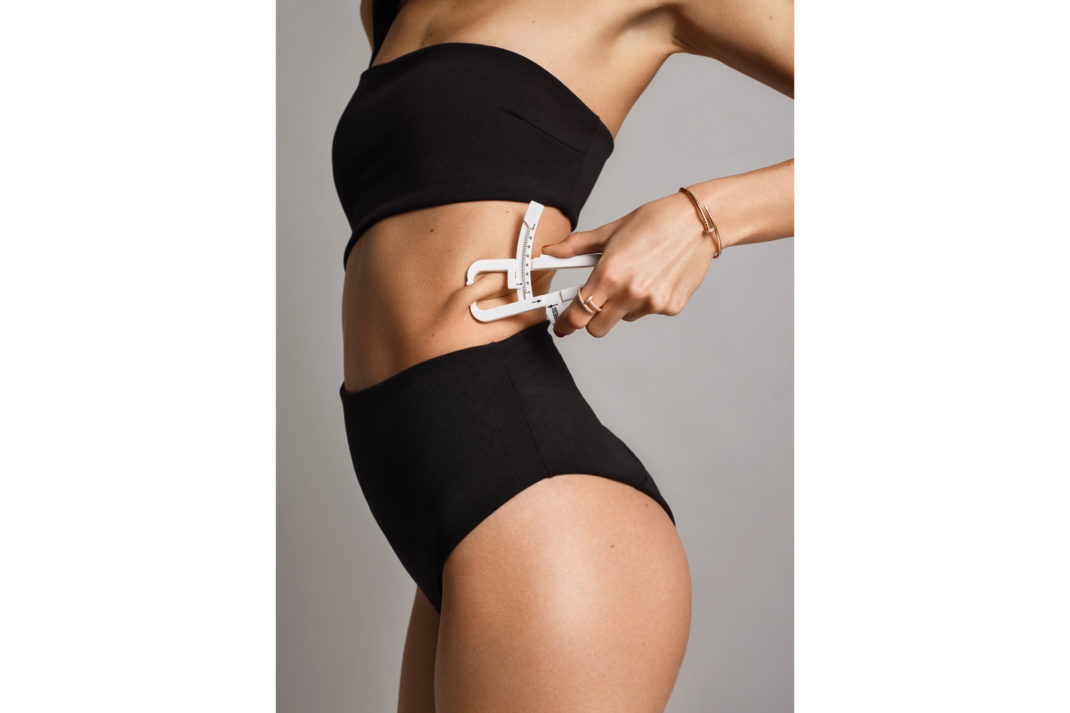What is ‘Fat Banking’?
By
2 years ago
'You could end up with a face that puffs up like a soufflé’

Have you heard of the latest beauty trend coined as ‘fat banking’? Becci Vallis investigates the beguiling and terrifying world of fat cell injection all in the pursuit of ‘ageing well forever’…
The Art of ‘Fat Banking’: Meet Beauty’s Latest Fad of Injecting Fat Cells Back into Your Body

Image courtesy of Country & Town House
What if we told you that you already hold the key to ageing well forevermore? Would you pay £10,000 to unlock the secret and futureproof your skin for years to come? Even for the sceptical, it’s certainly tempting – especially when you learn that the process is completely natural and gives longer-lasting results than traditional injectables and fillers. This seems increasingly important when you take into account that out of the three million Brits that have considered having a cosmetic treatment in 2022, 15 per cent are hesitant about introducing unnatural substances into their body.*
‘There’s a misconception that fillers are natural because they use hyaluronic acid which is present in our own skin but they’re made in a factory. They have their place, but they should be used sparingly, especially when more natural alternatives are available,’ says Dr Olivier Amar, a leading plastic surgeon and CMO of Uvence – one of the companies spearheading the new fat banking treatment.
Do Beauty Pills Actually Work?
So, What Actually is Fat Banking?
‘Fat banking’ is a revolutionary technique that’s predicted to change the world of aesthetics. The epitome of personalisation, the process entails extracting fat cells from your body via liposuction which are then purified and filtered before being reinjected back into your face (or scalp, hands, décolleté, even your vagina). Regenerating, repairing and rejuvenating the skin, the leftover fat cells can then be frozen allowing for top-ups as and when you need them, which can be for cosmetic purposes or to help the body heal from injury.
‘If enough fat is stored, a patient can benefit from that one deposit for years and in different areas of the body. For example, if initially the face was treated but as time passes they wish to regenerate the décolletage or hair, it can all be done from that initial fat taken via liposuction years earlier,’ explains Esther Fieldgrass, founder of EF Future Health.
How Does a Fat Banking Procedure Work?
A two-treatment procedure, one session (usually around half an hour) is needed to extract the live fat cells via microcannula liposuction, with a second session required at a later date to reinject the cells into the face. It’s what happens in between the two procedures which is where the brilliance unfolds. Once the fat cells have been taken – usually from the outer thighs or bottom – they are transported to the lab, tested for purity and processed into what Fieldgrass describes as a ‘smart ageing elixir’ before being frozen. ‘Everything in the elixir comes from the patient’s tissue, which is naturally rich in regenerative factors such as stem cells, macro fat and ultra-pure nano fat,’ she explains. ‘Macro fat is used to replenish volume while nano fat is “finer” and used for subdermal or intradermal injections to regenerate the skin – usually in more delicate areas to help with fine lines that appear closer to the surface.’
What’s the Purpose of Fat Banking?
In the world of aesthetic medicine, many procedures target fat reduction, so why inject the thing so many are trying to lose? ‘Fat is made up of hundreds of types of cells but the good stuff lies in the adipose-derived mesenchymal stem cells which can harness the real potential of facial rejuvenation,’ says Dr Olivier.
‘Besides the regenerative and self-renewing properties of the mesenchymal adipose stem cells, our “Super Enriched Tissue” is made up of haematopoietic stem cells that develop into blood cells that have regenerative properties; progenitor cells which create certain cell types; fibroblasts which secrete collagen proteins needed for skin elasticity and stretchiness; lymphocytes (white blood cells) that focus on immunity; vascular endothelial cells that act as a communicator between cells and macrophages that are highly specialised in the removal of dying or dead cells and cellular debris thus encouraging the natural exfoliation process.
Fat Cells are a Good Thing: Here’s Why
The main message being that fat has the power to help our skin to repair itself without the need for external substances.’ Proof that fat really is a good thing. The technical ability to extract and purify the potent stem cells from our fat stores has been available for some time, yet it’s the intricate freezing process that has finally allowed for the fat banking process to transition from testing to treatment room.
Dr Hayot, medical director at Epilium & Skin clinic, learnt about the revolutionary technique 20 years ago but only added it to his treatment menu in 2019, and was one of the first to offer it in the UK. ‘A lot of laboratories have had difficulties storing and more
importantly “unfreezing” the fat which can affect its quality and stability, leaving it more or less unusable,’ explains Fieldgrass. ‘We have teamed up with one of the only laboratories that has mastered the storage as well as the thawing with a proven viability rate after thawing of 75 per cent, which is high.’
What does Fat Banking Storage Look Like?
Housed in cryogenic storage or a cryochamber, the fat cells can be stored for up to five years and used on demand at your request, although if kept correctly, scientists suggest fat deposits could be stored indefinitely. This crucial storing process explains the potentially hefty price tag. ‘Not only is a patient paying for the procedure but the entire process, including liposuction, fat extraction, freezing and storing your fat cells, as well as five vials of your own super enriched tissue to be injected at your discretion,’ justifies Dr Olivier. Yet, exceptional results come courtesy of a doctor that has the specialist understanding of such a cutting-edge procedure. ‘Any surgeon can extract fat from the body and inject it back into the face, but if it’s not refined and purified to a high standard, you could end up with a face
that puffs up like a soufflé.’
Enter: The Patient Era of Individualisation
Another big draw of this next generation treatment is that results are geared towards optimising the patient’s own repairing processes and is completely tailored to each individual. Whether you wish to replace lost volume in areas that have started to sag or to subtly plump fine lines, injecting fat cells is a subtle process that’s more about age management than age reversal, using your own cells to regenerate from within.
As for how quickly you see results, it won’t be as instant as toxins or fillers as the skin needs time for collagen production to become activated. However, unlike ‘anti-ageing’ treatments in which results begin to fade with time, by stimulating your skin to essentially act younger by dishing out more collagen, those cells will keep regenerating long after the treatment giving you glowing, healthy looking skin for up to a year.
Is Fat Banking the Next Thing?
Will fat banking take over from fillers as the beauty treatment of choice? Only time will tell, but if you want to naturally prompt your skin to behave and look like its younger self well into your later years, then this could be the smartest and most natural form of age management.
SEE MORE



